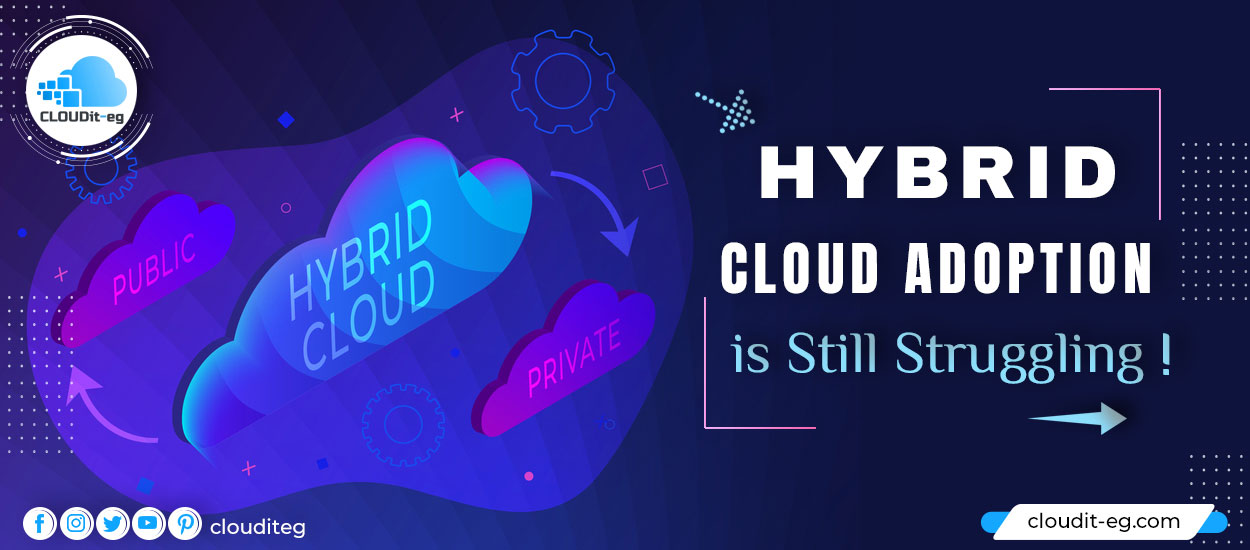Deciphering the challenges and opportunities related to the adoption of hybrid cloud when according to 95%, their organization would benefit greatly and positively from its implementation.
The long transformation to these models
The transformation takes much longer than expected, 70% confirm this. If flexibility takes precedence, according to Jonathan Gosselin, General Manager, Southern Europe, and North-West Africa, Nutanix, “this flexibility is only possible with assemblies of technologies, operations, and coherent multi-cloud tools, thus creating an environment ideal hybrid cloud. ”
In addition, the concern is also gaining the subject of the proper execution of critical applications in the public cloud, with regard to:
- Reliability – 75%
- Portability – 73%
- The cost – 72%
The need to restructure or redesign applications (75%);
The complexity of the migration (71%) is of concern and prevents the portability of applications for decision-makers.
The hybrid widens the gaps in IT skills …
But, What about talent capable of managing both public and private cloud infrastructure? The two environments require different skills.
It is difficult for decision-makers (88%) to ensure that IT profiles have the skills to manage a hybrid IT infrastructure.
Silos and shortcomings
To manage public and private cloud infrastructures, organizations rely on different teams, which creates silos of skills.
Spreading resources (49%), increasing costs (45%), and/or wasting resources (43%) are major concerns.
The necessary portability
While software licenses are the key elements of a hybrid IT infrastructure, difficulties with license portability (58%) or locking in with suppliers (58%) remain when moving to the public cloud.
In the same way, Subscription licenses for IT infrastructure are increasingly being considered.


